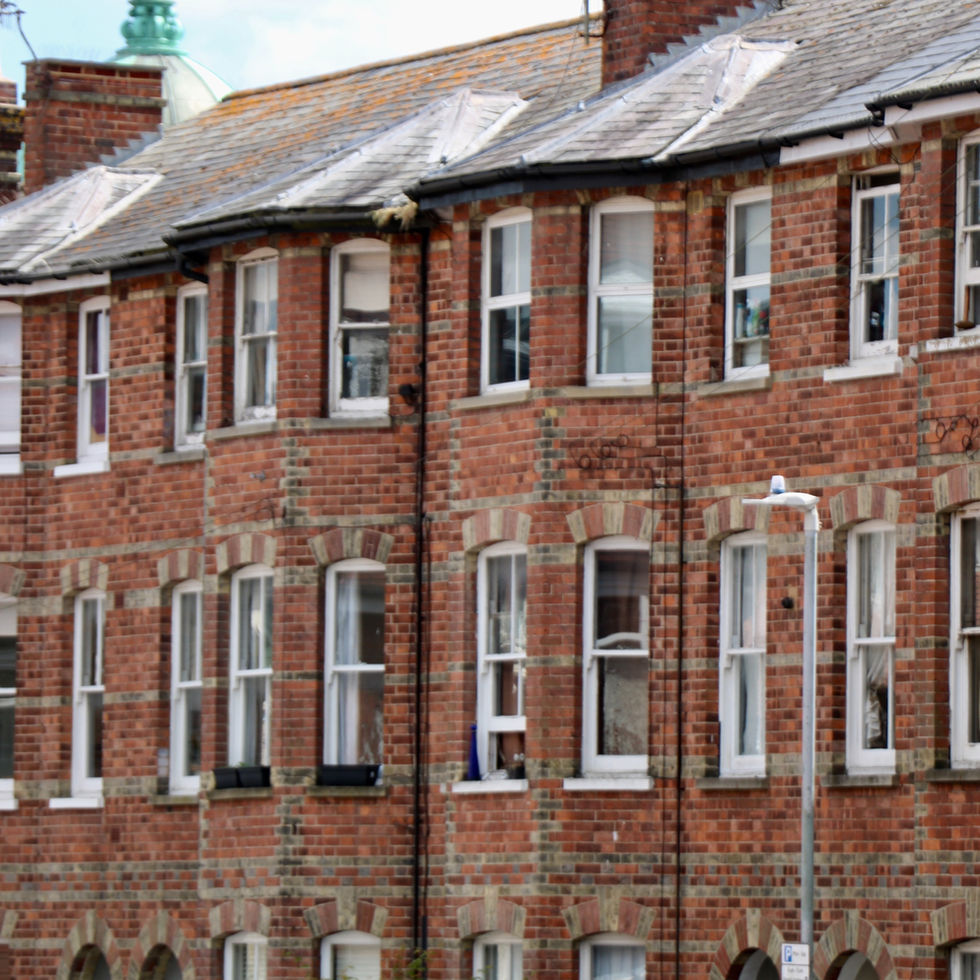Cracks in Your Cambridge Home? Here’s When to Worry - and What to Do
- Structural Inspections

- Jul 2
- 2 min read

Cambridge’s beautiful homes - from Victorian terraces to post-war semis - aren’t immune to structural movement. In fact, thanks to the city’s clay-rich soils and mature urban trees, many properties experience cracks in walls, sloping floors, or sticking doors that could point to something more serious: subsidence.
If you’re a homeowner or landlord in Cambridge, here’s what you need to know - and why a structural survey could save you time, money, and stress.
Why Cracks Happen More Often in Cambridge Homes
The underlying soil in Cambridge - particularly Oxford Clay and Ampthill Clay - is known for its shrink–swell behaviour. In hot, dry summers, the soil contracts, pulling away from foundations and causing uneven settlement.
Contributing factors include:
Large trees or hedges near foundations, extracting moisture
Extended dry weather, leading to clay shrinkage
Old foundations without modern reinforcement
Nearby building works affecting ground stability
This is especially common in areas like Chesterton, Romsey, and Mill Road, where many homes are over a century old.
How to Spot Signs of Structural Movement
Keep an eye out for:
Diagonal cracks above doors or windows (often wider at the top)
Step cracks along brick mortar joints
Bulging walls or leaning chimneys
Windows and doors sticking or no longer fitting properly
Gaps between skirting boards and floors
These could be signs of ongoing structural movement. If you notice cracks wider than 3mm - or cracks that are growing over time - it’s worth having them professionally assessed.
Why You Need a Structural Survey in Cambridge
A Level 3 structural survey by a qualified engineer will:
Identify the true cause of the cracks (not all are subsidence-related!)
Evaluate whether your home is structurally sound
Offer a roadmap for repairs or monitoring
Provide documentation to satisfy insurers, mortgage lenders, or tenants
At Structural-Inspections.co.uk by JMS Engineers, we specialise in Cambridge properties - combining our local knowledge with nationwide engineering experience. Whether your property is a Victorian terrace, a converted flat, or a newer build on a clay soil site, we’ll give you honest, actionable advice.
Don’t Leave Cracks to Chance
Ignoring structural movement now can lead to bigger problems later - like damp ingress, devaluation, or costly underpinning.
We’ve helped hundreds of Cambridge homeowners and landlords get clarity, peace of mind, and the reports they need to take action confidently.
With over 25 years of experience, our team at Structural-Inspections by JMS Engineers provides clear, reliable structural reports for residential and commercial properties across the UK.







Comments